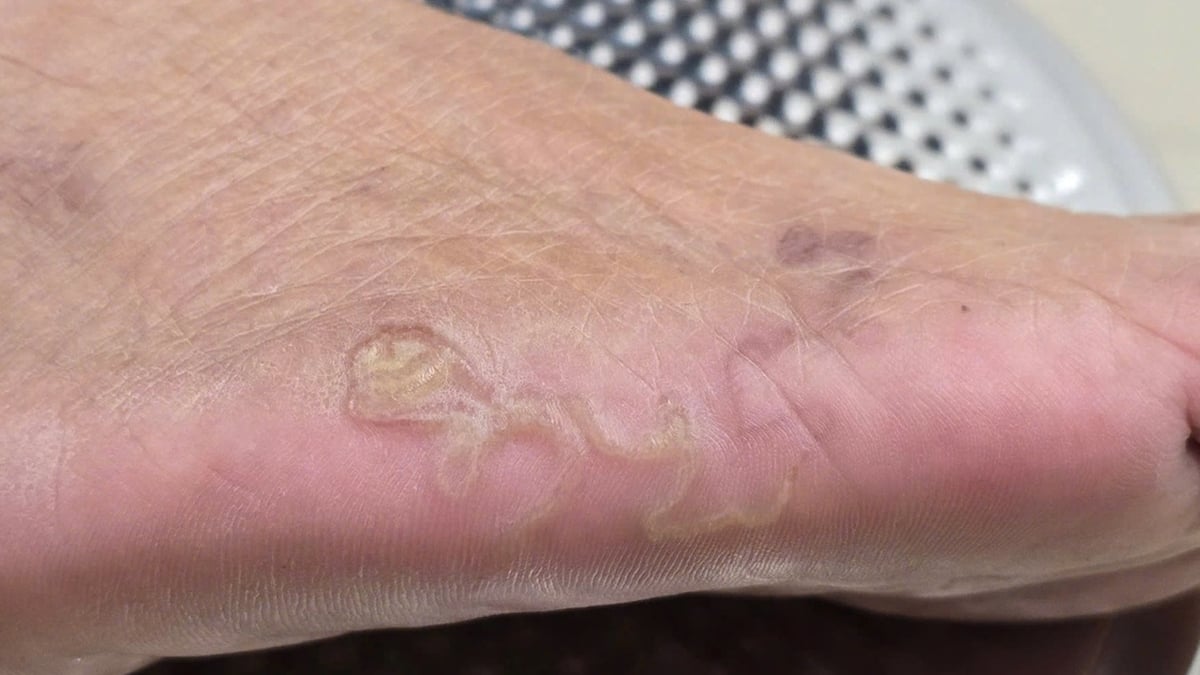On the morning of June 5, continuing the 5th session, the National Assembly listened to State Bank Governor Nguyen Thi Hong present a report on the draft Law on Credit Institutions (amended).
Presenting the report, the Governor of the State Bank said that the drafting of the Law on Credit Institutions (amended) aims to perfect regulations and handle difficulties and inadequacies of the law on credit institutions; to legalize to create a legal corridor for handling bad debts of credit institutions.
The development of the Law on Credit Institutions (amended) aims to strengthen risk prevention, enhance the capacity for self-inspection, internal control, and self-responsibility of credit institutions; develop tools to manage credit institutions; promptly detect violations and promptly handle the responsibilities of individuals in charge of managing and operating credit institutions; strengthen decentralization and delegation of authority associated with inspection, supervision, and individualization of individual responsibilities; ensure publicity and transparency in banking activities;
Ensuring the safety of the credit institution system; strengthening inspection and supervision measures of the State Bank, with the participation of the Government Inspectorate , the Ministry of Finance and other ministries and branches to manage and control credit activities, combat manipulation, group interests, cross-ownership; handling situations where depositors withdraw money en masse...

Governor of the State Bank Nguyen Thi Hong presented a report on the draft Law on Credit Institutions (amended).
This amendment, based on the experience of several countries, including the crisis handling cases of Silicon Valley Bank, Signature Bank, First Republic Bank (USA), or the case of Credit Suisse Bank (Switzerland), and to ensure a timely response mechanism when a credit institution is subject to a mass withdrawal that may affect or threaten the safety of the system, the draft Law adds provisions on measures to handle incidents of mass withdrawal.
The draft Law on Credit Institutions (amended) consists of 13 Chapters and 195 Articles. Compared to the current Law, the draft Law on Credit Institutions (amended) retains 48 Articles, amends and supplements 144 Articles and adds 10 new Articles.
Regarding the scope of regulation, the draft Law inherits the provisions of the current Law on Credit Institutions and adds the handling of bad debts and handling of collateral of bad debts. The draft Law adds the subject of application to be organizations in which the State owns 100% of the charter capital and has the function of buying, selling and handling debts.
Regarding the handling of bad debts and collateral of bad debts, Governor Nguyen Thi Hong said that the draft Law has legalized a number of provisions in Resolution No. 42 such as selling bad debts and collateral; buying and selling bad debts with collateral being land use rights, assets attached to land, assets attached to land formed in the future; seizing collateral assets of the party subject to enforcement...

Delegates at the morning meeting on June 5.
Examining the draft Law, Chairman of the Economic Committee Vu Hong Thanh said that the Economic Committee agrees with the necessity of amending the Law on Credit Institutions (credit institutions) for the reasons stated in the Government's Submission.
Regarding the handling of bad debts and collateral of bad debts, Mr. Vu Hong Thanh said that the Economic Committee found that the provisions in the draft Law were built on the basis of a number of provisions in Resolution No. 42 that have been tested in practice, creating a legal basis to quickly handle bad debts and unblock credit sources for the economy.
However, Resolution No. 42 is a pilot resolution issued in the context of high, complicated and concentrated bad debt in a certain period of time, so the legalization of the provisions of Resolution No. 42 needs to be carefully and cautiously assessed, placed in the context of current legal regulations that have been completed more clearly and fully.
It is necessary to comprehensively and objectively assess the current context and requirements for bad debt handling, thereby perfecting regulations, ensuring the legitimate rights and interests of the parties, avoiding administrativeization of civil and economic relations, ensuring harmony and fairness with the subjects participating in civil and economic relations on the principle of only legalizing appropriate contents under normal conditions.
Regarding bad debt, it is recommended to review, carefully consider, and classify bad debt to apply appropriate handling mechanisms, especially for bad debts recorded in the balance sheet of credit institutions but not yet at a level that is difficult to recover or requires handling of collateral or bad debt of loans that are not in accordance with regulations.
Regarding the procedure for seizing secured assets, Mr. Vu Hong Thanh said that many opinions suggested that the handover of secured assets should be carried out according to the normal procedures of the law.
Resolution No. 42 provides mechanisms to support the seizure of secured assets with the participation of police agencies and People's Committees at all levels to speed up the handling of large, outstanding bad debts, which are bottlenecks of the economy as identified in Resolution No. 42.
However, under normal conditions and with stable and long-term implementation of the law, the above provision is no longer appropriate.
Some opinions say that regulating procedures for seizing secured assets is necessary to handle difficulties and problems of credit institutions in the process of handling secured assets, especially when handling litigation through the Court takes a lot of time, thereby having a positive impact on the economy.
There are suggestions that it is necessary to clarify the nature, objectives, conditions and scope of the right to seize secured assets and the role of State agencies participating in the seizure of secured assets, ensuring compliance with the Constitution and relevant laws, avoiding abuse and harming the legitimate interests of borrowers .
Source
























































![[Maritime News] Container shipping faces overcapacity that will last until 2028](https://vphoto.vietnam.vn/thumb/402x226/vietnam/resource/IMAGE/2025/7/30/6d35cbc6b0f643fd97f8aa2e9bc87aea)













































Comment (0)